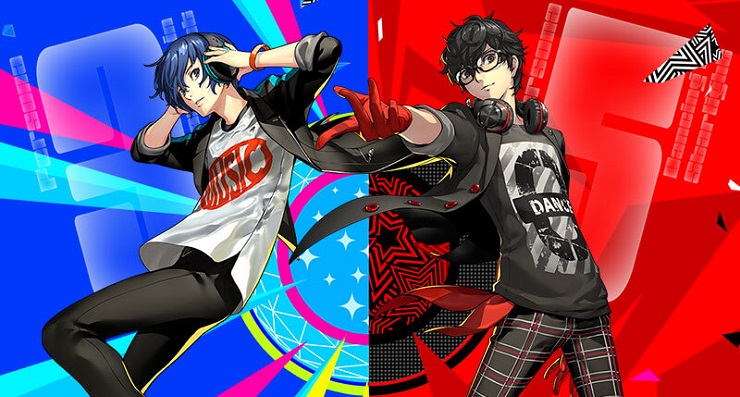
When someone mentions either Atlus or the Persona series, what is usually conjured to mind is a dark series, usually characterized by Demons and Devils, lot’s of personal questions and or soul searching, and usually quite a few fights against the Christian incarnation of God. What usually isn’t conjured is a bunch of high school students dancing in front of broken cities to upbeat techno and smooth jazz. And yet, that is pretty much exactly what Atlus has delivered to us with Persona 3: Dancing in Moonlight and Persona 5: Dancing in Starlight (which also come in the Persona Endless Night Collection). Read on to find out how these games are worth picking up!
Persona 3: Dancing in Moonlight and Persona 5: Dancing in Starlight
Publisher: Atlus
Developer: P-Studio
Platform: PlayStation 4 (reviewed), PlayStation Vita
Release Date: December 4th (West), May 24th (Japan)
Players: 1 player
Price: $59.99 individually, $99.99 Endless Night Collection
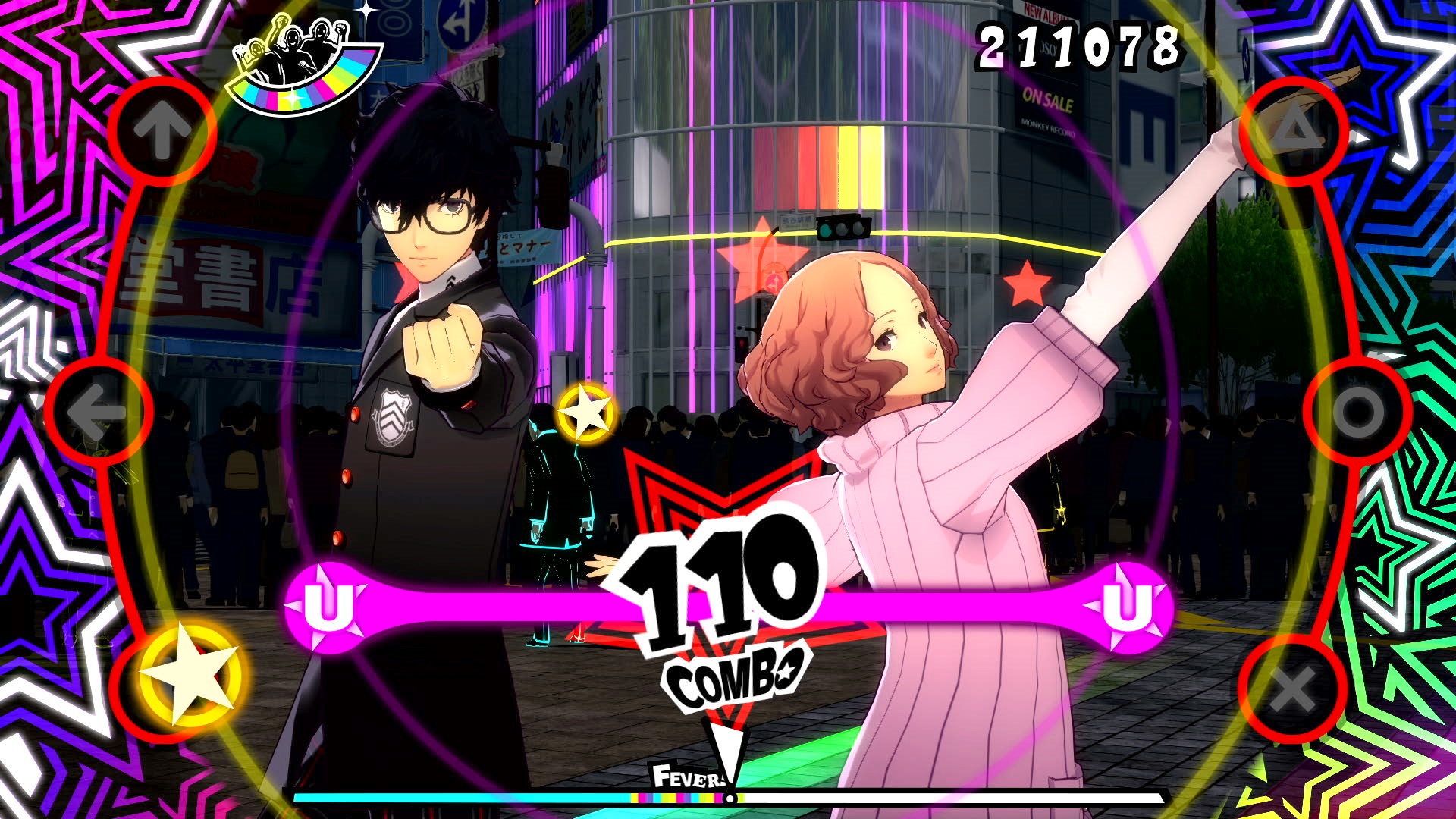
Realistically speaking, both Persona 3: Dancing in Moonlight and Persona 5: Dancing in Starlight are a continuation of Persona 4: Dancing All Night. Both games feature the full cast of their respective teams, either the SEES or the Phantom Theives. Both teams are met with the protagonists main helper from the original game, Elizabeth, Caroline and Justine.
As the game progresses, the player will unlock new songs and difficulties, as well as new accessories to customize their characters as well as new sets of social links to tackle during the game. These social links are where the real story of both games lie and it will take some severe skills and time investment to see the full amount of what both games have to offer.
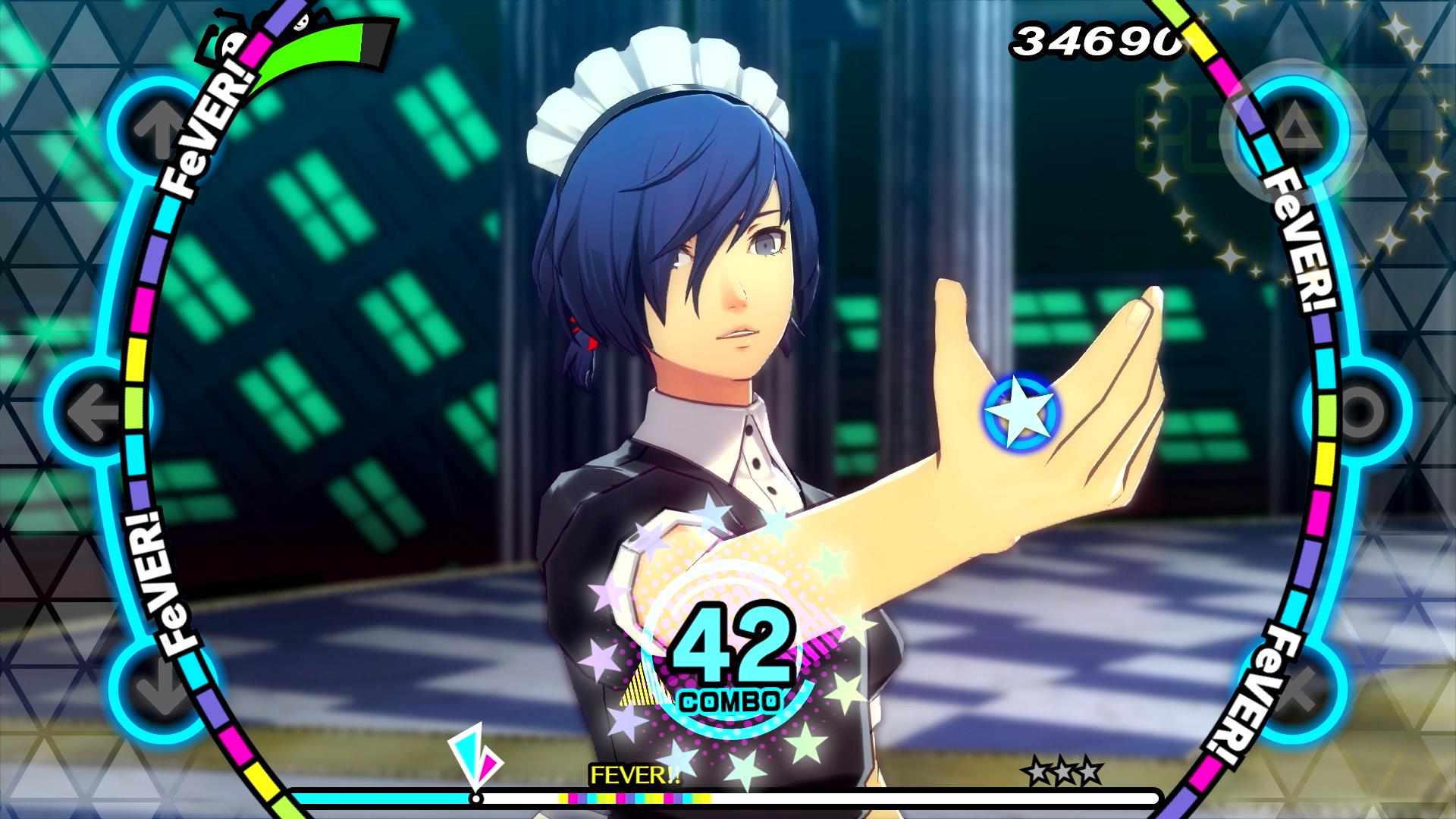
Most players come to rhythm games for the mechanics and the music, not so much the story, so let’s get to those aspects first shall we? Mechanically speaking, both of the Persona dancing games here are top form, if a bit on the more difficult side. The basics are that you must press either Up, Down, Left, Circle, Triangle or X in tune with the beats and rhythm of each song.
Depending on the players timing, they will receive either a Perfect, Great, Good or Miss. Perfects of course add more points so you can move then Great. Both Perfect and Greats will also increase your overall “note combination”, which will increase the score at the end of a song. Good scores or Misses will stop your note combination, lowering your overall score.
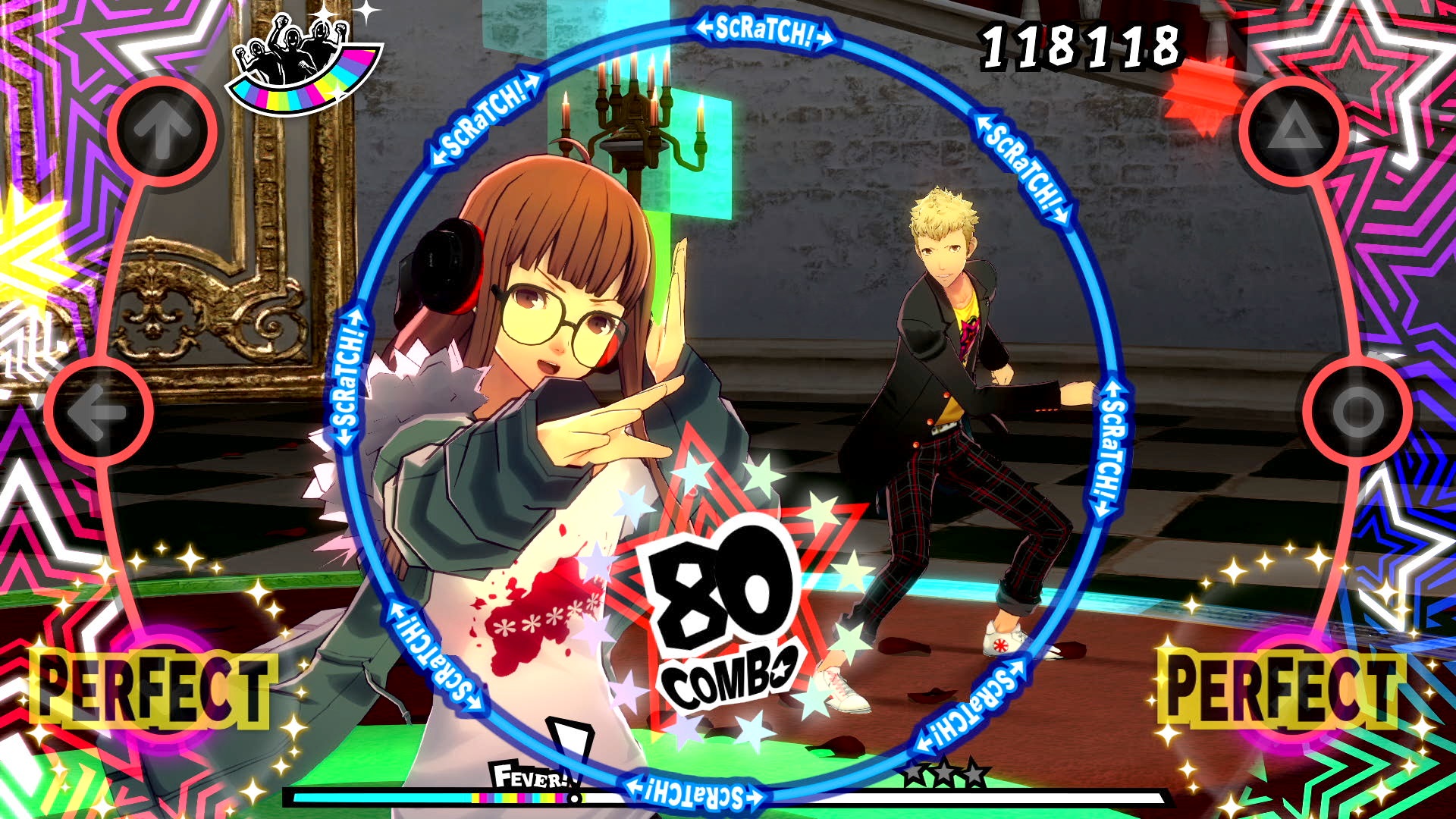
More difficult tasks, such as pressing 2 buttons simultaneously or holding down a face button for a set amount of time also pop up. Both games also have yet another mechanic you’ll need to get used to. Through out the song, a ring will appear and you will need to “flick a stick” (the games terms, not mine) to either “scratch” or to tag a fever ring.
Scratch rings will add to your note combo (as will fever rings) and fever rings will allow you to enter fever mode. While in this mode at certain parts of the song, more notes will appear, a second or third member will join the choreography and your combo won’t be dropped if you get a “good” timing or miss a note.
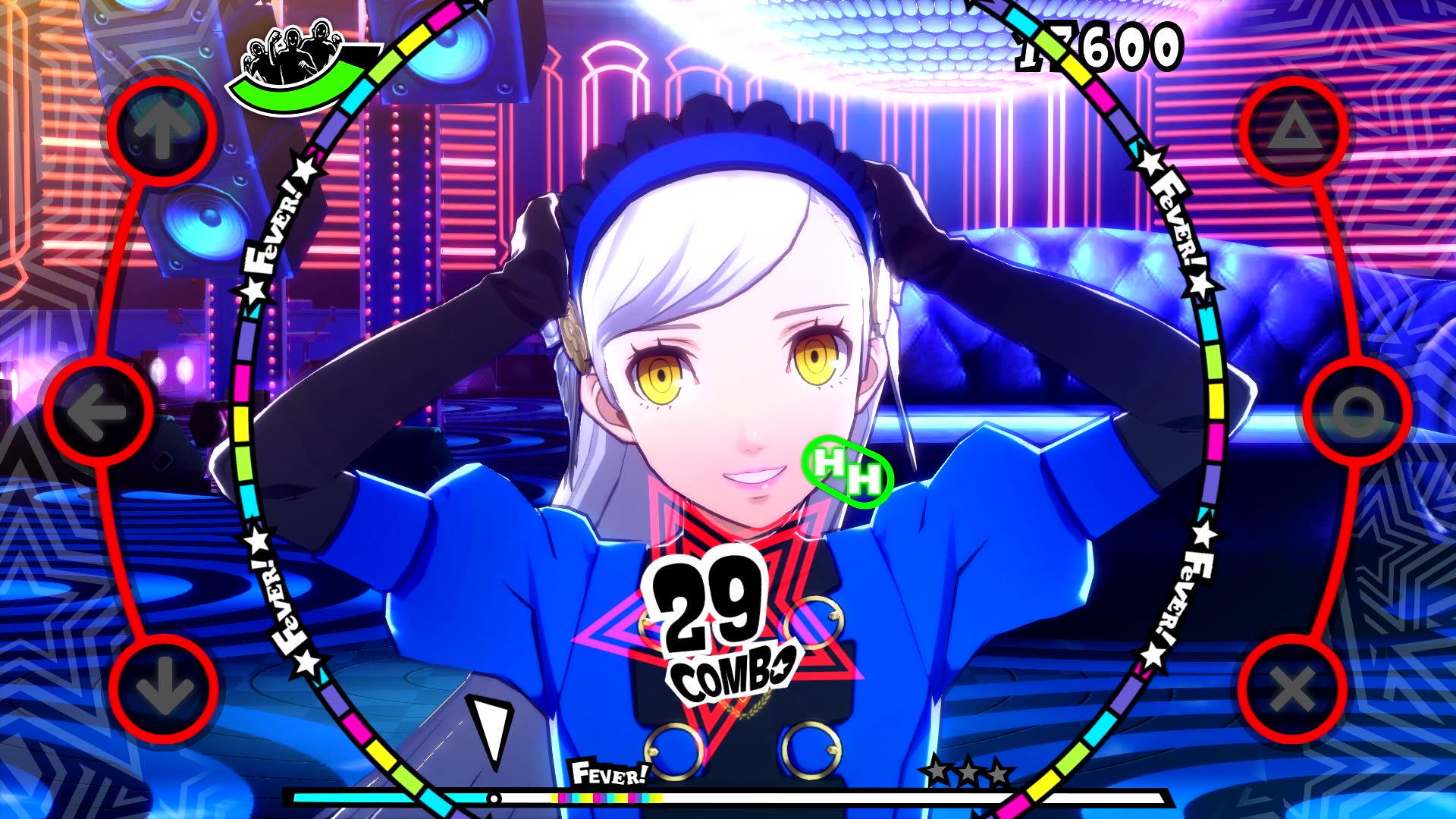
Players are also able to customize each of the songs with either effects that make the songs easier or harder. Easier effects will lower the players score at the end of the song and more difficult effects will increase the score at the end. Some of the effects, especially the one that allows for a good score to increase the note combo instead of break it, are well worth the penalty.
This makes sense as both games have a social link that require you to reach a certain level in combination points to increase, as well as one that requires you to get a “brilliant” score at the end of a song, which means you can’t miss a single note throughout a score.
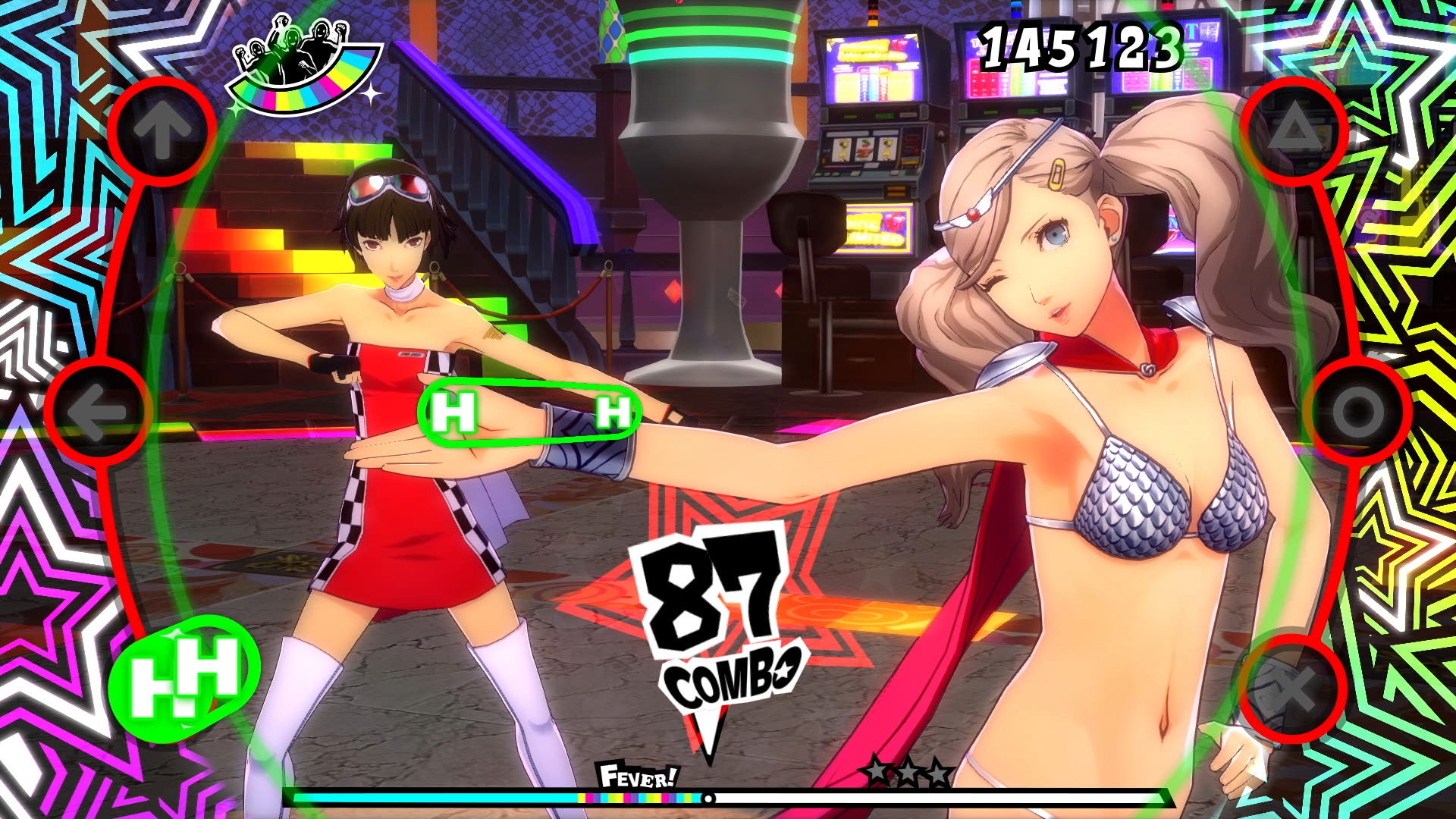
Honestly, while I generally really enjoy rhythm games, I haven’t played a ton of them. My first was Elite Beat Agents on the Nintendo DS. I played it so long that when I closed my eyes, I would see the little circles from that game flash across my eyes. I’ve played more than a few since then, including more “normie” games like Rock Band.
I’ve also played some of the Hatsune Miku rhythm games as well. I found the Persona games to be on the more difficult side of things, but not as difficult as the more hardcore rhythm games out there. But make no mistake, both Persona 3 and 5 Dancing will test your skills and cause more than a few head aches as you get to the higher difficulties.
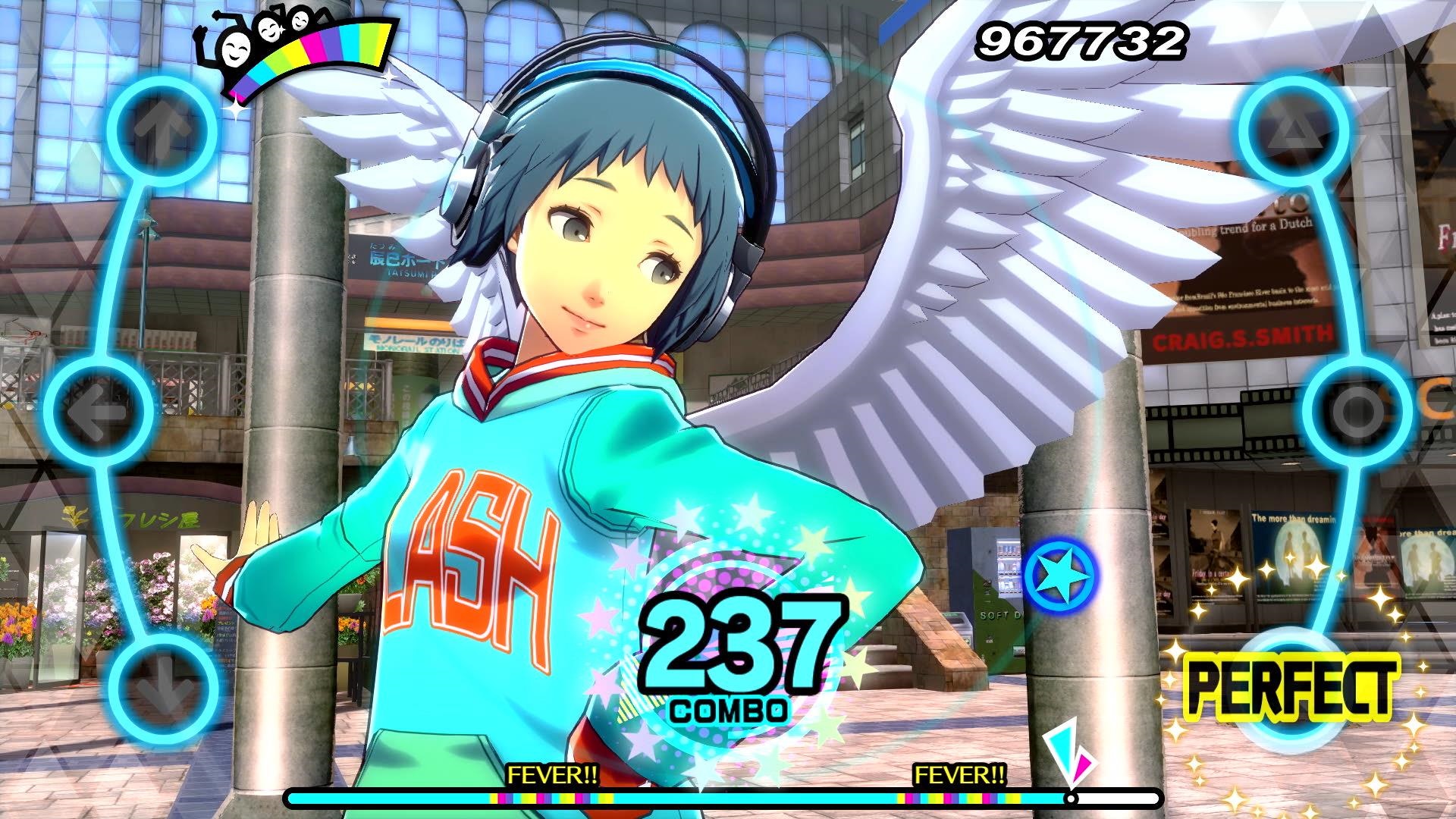
Musically, which is the other reason people generally gravitate to this genre of game, both games are top notch and a joy for those that have played the main games that these are based off. None of the songs are the originals from the games, but remixes and remasters.
They are an absolute blast to play through and listen to, but just like in any rhythm game, you will eventually play through each song so many times, you will most likely hear them so often that you’ll get tired of all but your most favorite ones.
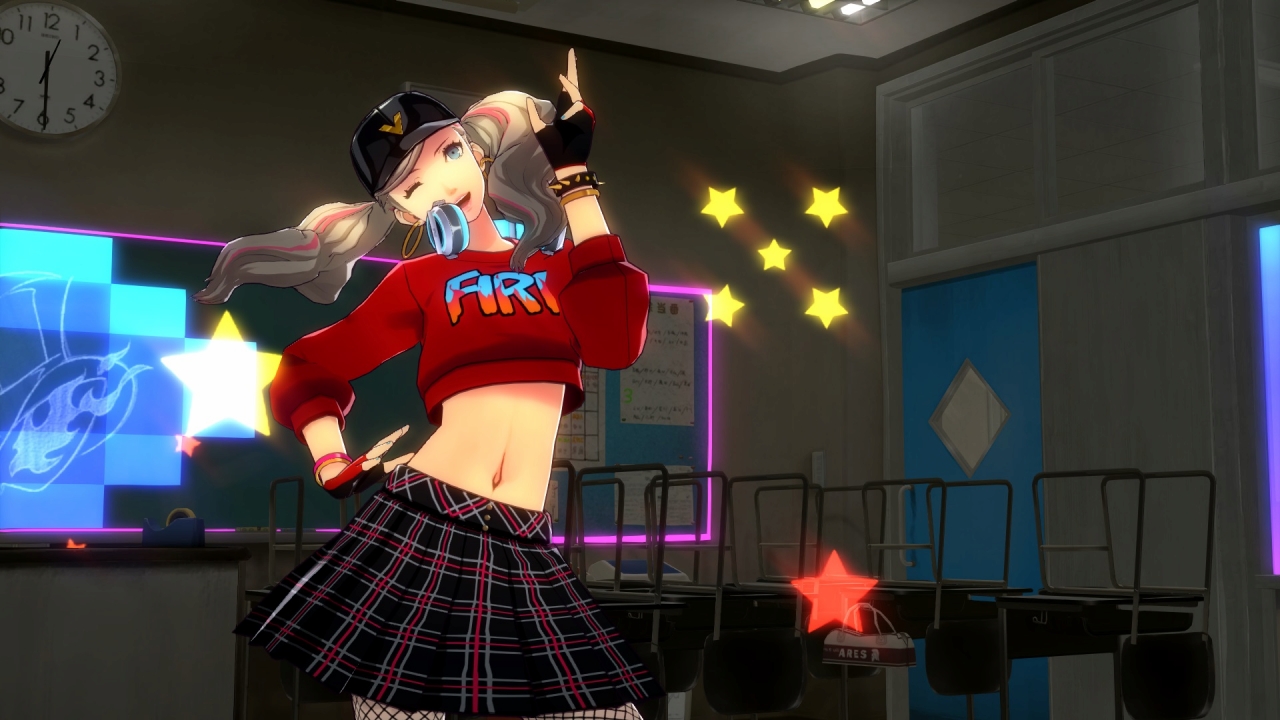
There is a story here with these games, just like there was one with Persona 4: Dancing All Night, but in order to get to it, you will need to increase your social links with the different members of the organizations. Doing so, especially with the “guides”, will unlock more and more of the story and offer up more insight in to why exactly all this is going on.
All I will tell you, dear reader, is that each game takes place either very shortly before the end of their respective main game or after the events of those games, just like with Dancing All Night. However, doing so will take a lot of time and you will be forced to do the harder difficulties, namely hard and dancing all night modes.
It is worth sticking it out for most players, especially if you enjoyed the previous game. I will also say this, if you get the big spender collection, you also get a digital code to download Persona 4: Dancing All Night for your PS4. This is the only way to get this normally PS Vita only game on a major console. With a price tag of $100, it may seem fairly steep, but you’re getting 3 games.
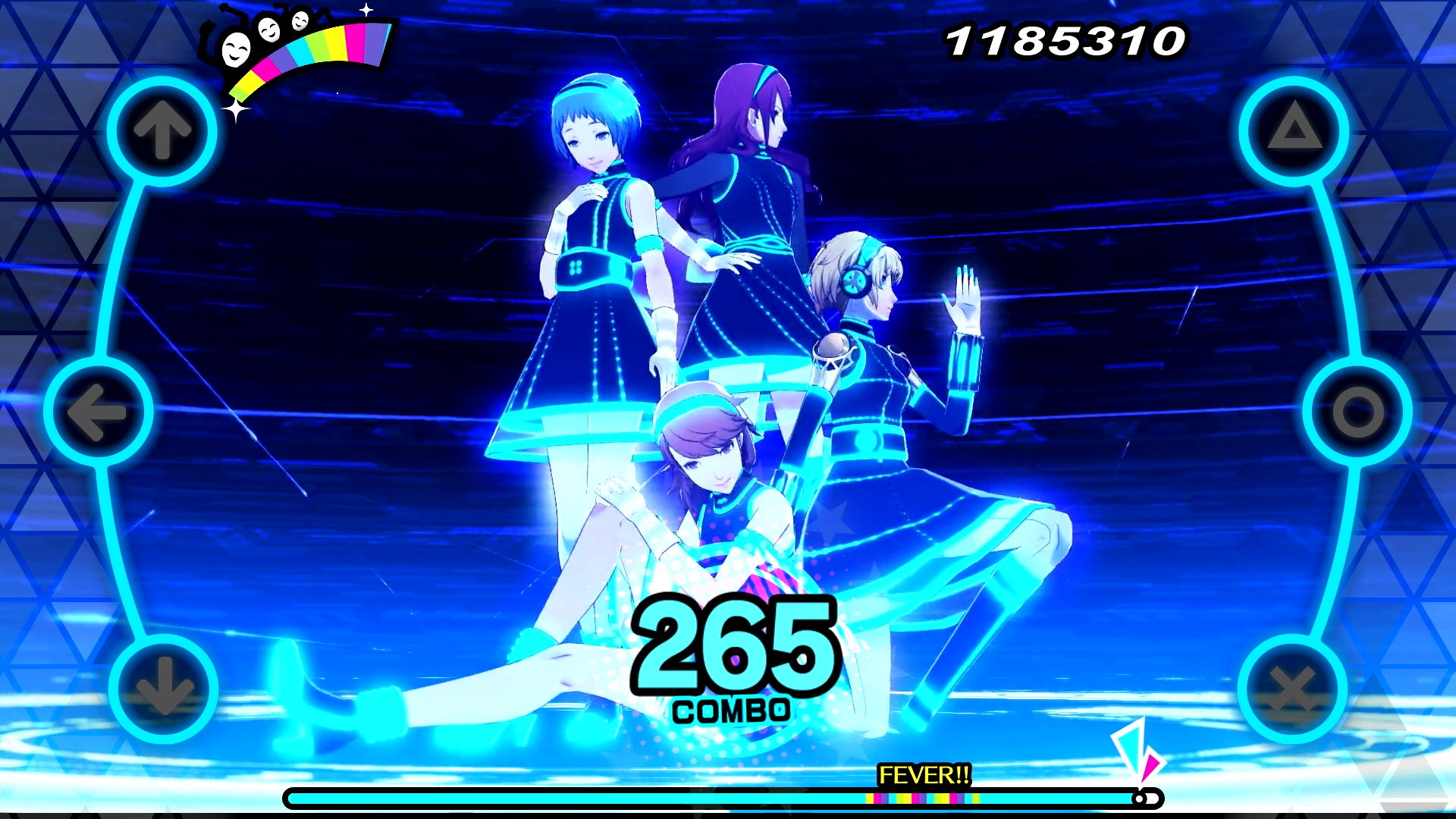
There are probably easier games in the genre if you’re not familiar with these types of games, but most of the mainstream ones out there right now that most people will be able to find will probably be on the harder side of the spectrum, so if you’re at all interested in these types of games, I would say they’re worth a pick up.
All said, both Persona 5: Dancing in Starlight and Persona 3: Dancing in Moonlight are fine additions to any library, most especially those who enjoy rhythm games and the more hardcore fans of the Shin Megami Tensei: Persona series.
Persona 3: Dancing in Moonlight and Persona 5: Dancing in Starlight was reviewed on PlayStation 4 using a review copy provided by Atlus. You can find additional information about Niche Gamer’s reviews/ethics policy here.
The Verdict: 8
The Good
- Great art style that is very reminiscent of the original games and invokes nostalgia
- Very good, tight mechanics and controls, which is an absolute necessity for these types of games
- Lots of customization options that are unlocked based on skill and the ability to get through skill links
- The Soundtrack is from the original games as well as the voices, again, a major draw for those who are fans or familiar with the previous games
The Bad
- The mechanics can be tough to get the hang of and the timing can be extremely tight if you’re going for a perfect, or even a good, run of each song
- The story is all locked behind social links, with some of the requirements forcing players to tackle the hardest mode in the game to fully complete
- Listening to same songs for hours on end can become tiresome and repetitive